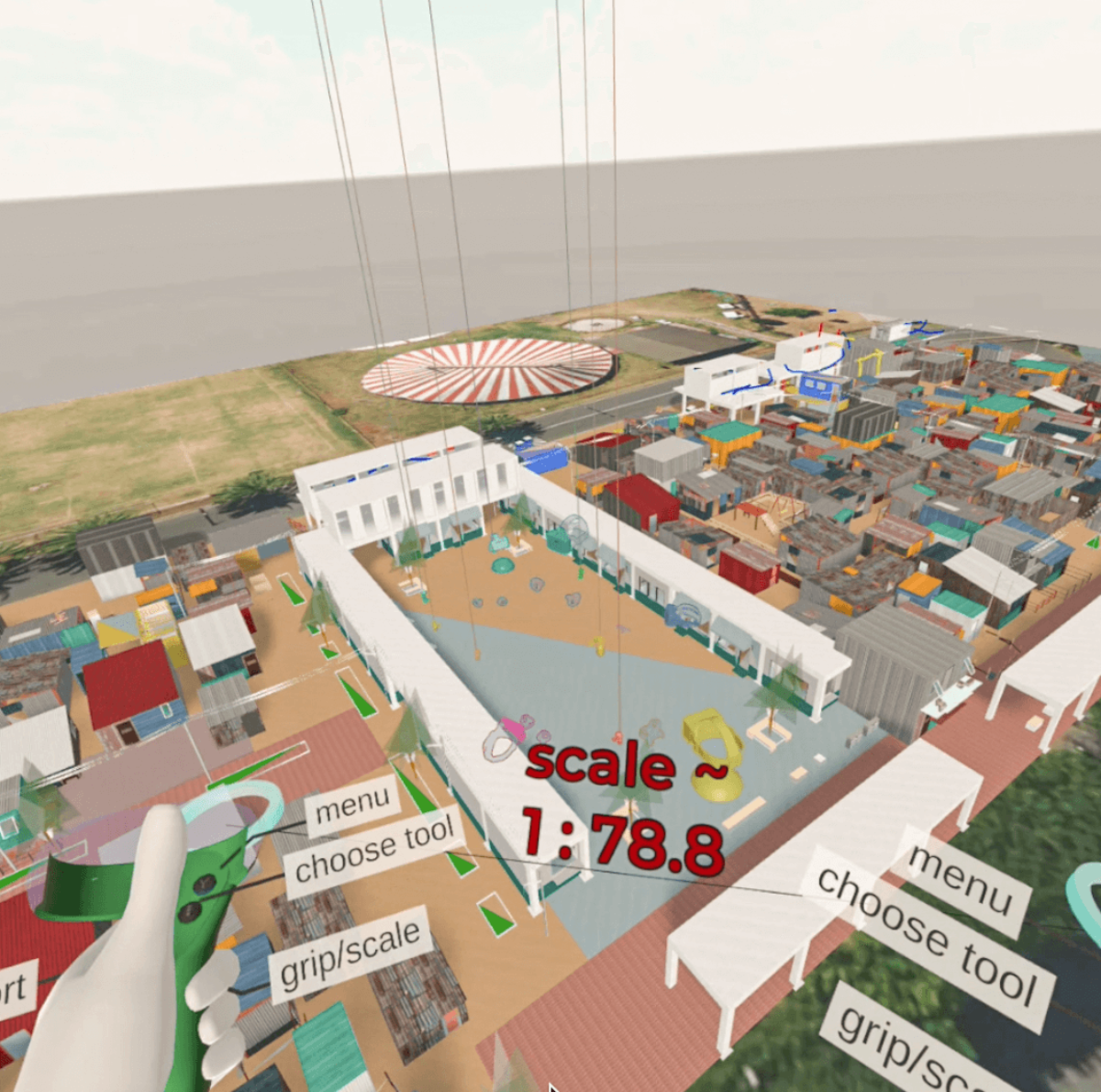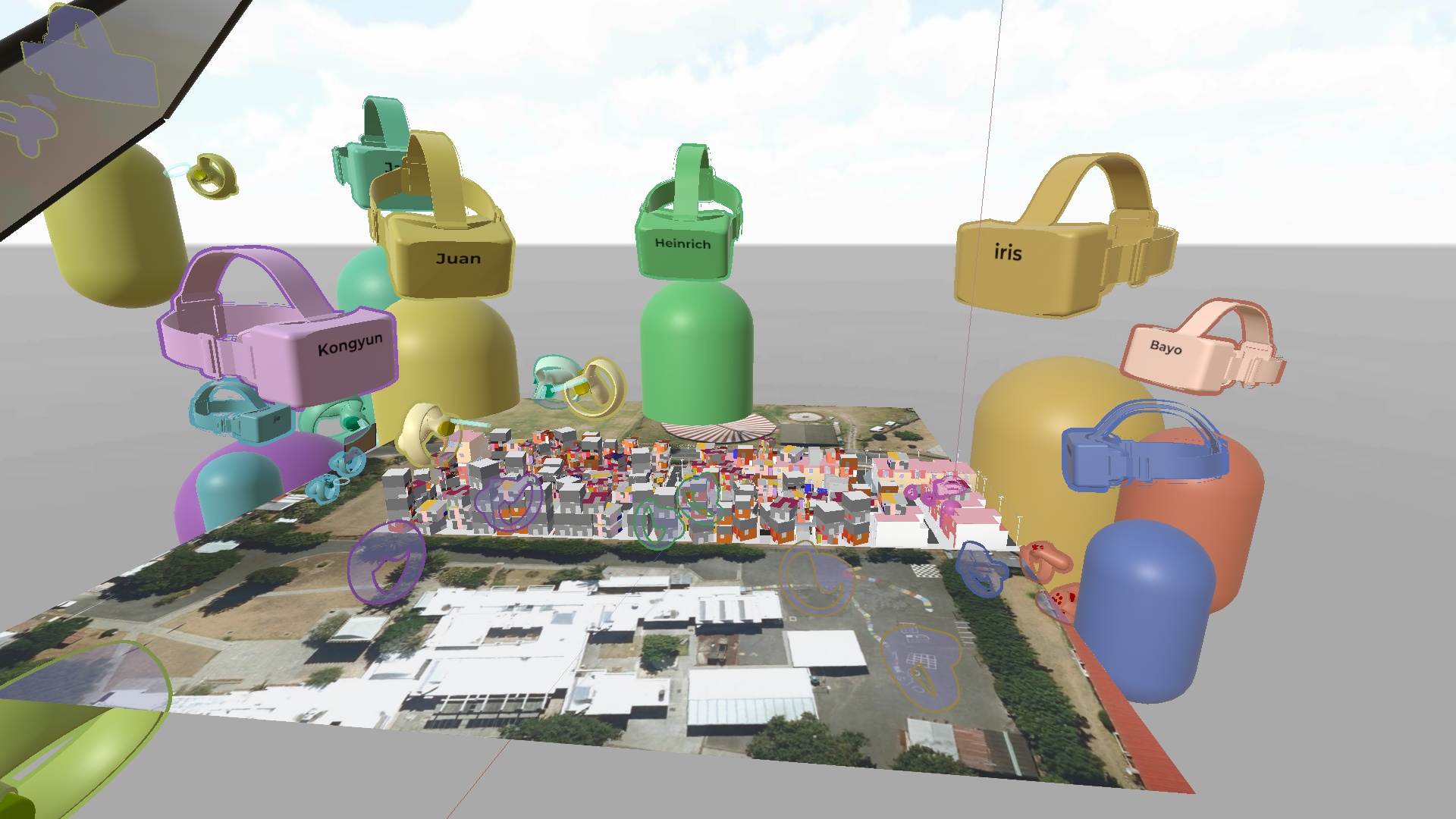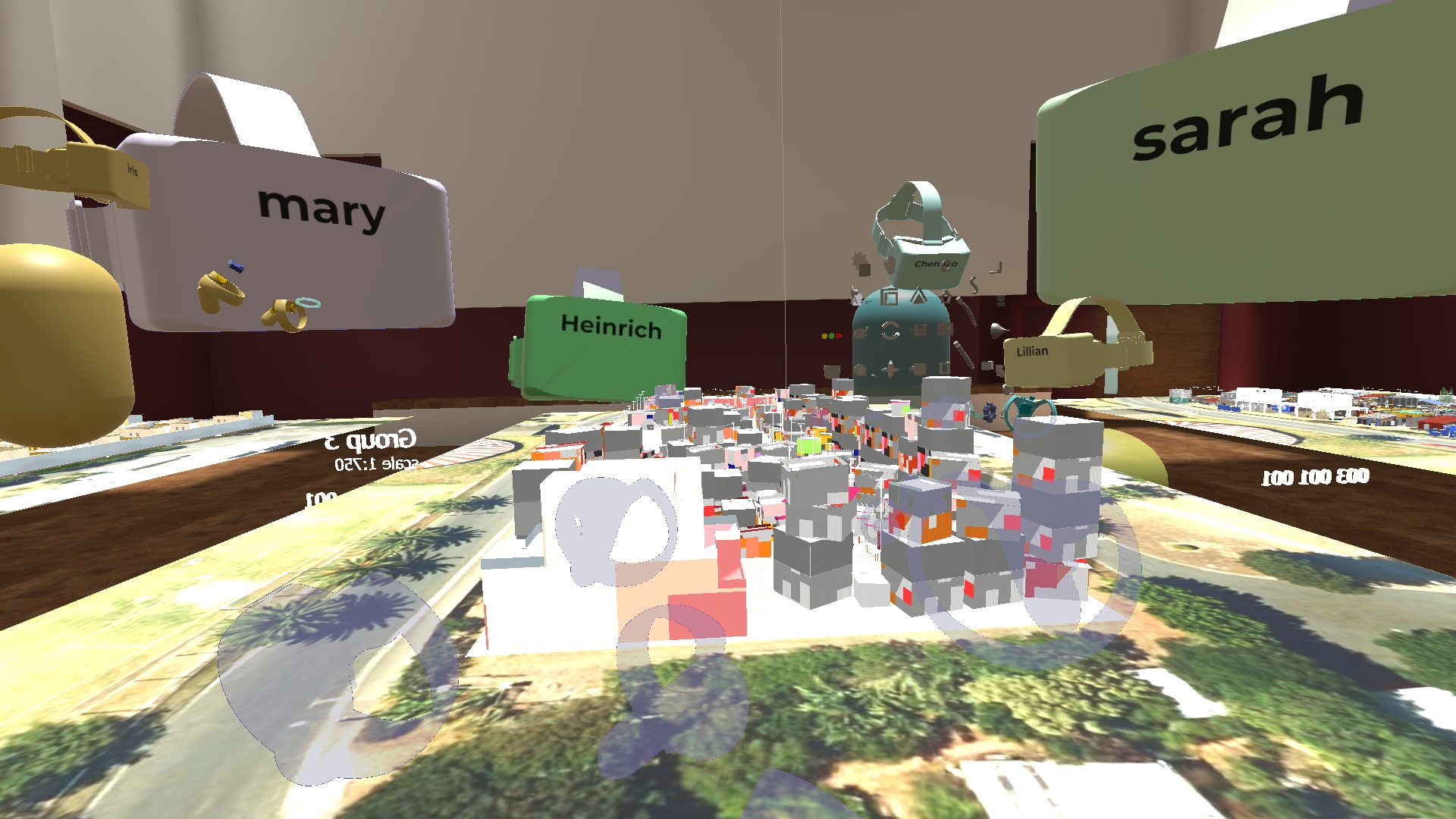Each year, the Irving Innovation Fellowship enables recent Harvard Graduate School of Design alumni to pursue ambitious research, teaching, and collaborative projects in design, architecture, urban design, and landscape architecture. Fellows receive a full year of post-graduate funding and resources, and their projects often expand on a thesis or capstone project developed during a GSD master’s degree.
For 2020–2021, the four Irving Innovation Fellows—Sarah Fayad (MLAUD ’20), Isabella Frontado (MDes ADPD/ MLA I ’20), Gia Jung (MArch I ’20), and Ian Miley (MArch I AP ’20)—were affiliated with GSD’s Innovation Task Force. Established in the wake of COVID-19, the task force researches, develops, and documents best practices for virtual design pedagogy. As Miley explains, their work “assisted with the transition from virtual by emergency to virtual by design.” Collectively, the fellows researched software and curriculum improvements for GSD courses, sharing their findings through workshops, an online guidebook, and a weekly newsletter.
“The transition to online teaching,” Frontado says, “provided the GSD community with an opportunity to pause and reflect on our teaching and learning practices . . . [how] courses are designed and how those designs may translate to a new medium.” This space for reconsideration, she continues, “provided everyone with the opportunity to experiment. It was exciting to see so much energy and effort come together from students and faculty.”
In addition to their collective tasks, the fellows also pursued individually directed research projects that drew from their disciplinary interests to make vital contributions to the GSD community.
The fellowship allowed Sarah Fayad to explore how virtual spaces—and virtual reality—could reinvent key aspects of design education. Fayad’s work is a considered, sensitive examination of how new technologies can facilitate collaboration and inclusion at the GSD. By partnering with two studio courses, Fayad developed a framework for using virtual technologies in online and hybrid courses. In the fall ’20 option studio “Extreme Urbanism (7): Imagining an Urban Future for Ishkashim, Afghanistan,” taught by Rahul Mehrotra and Charlotte Malterre-Barthes, Fayad and the task force examined how a fully virtual studio could experiment with site documentation (through interviews, imagery, and videography) and student engagement.
But it was the spring ’21 course “Dividing Bridges and Bridging Divides” taught by Heinrich Wolff, that allowed her to develop innovative approaches to using virtual reality (VR) in design studios. Fayad says, “The interlink between collaboration and space has been crucial to our pedagogy.” Earlier modes of teaching and collaboration relied on “coexisting in the same physical space,” such as studios or site visits. As online and hybrid learning models forced a physical separation, Fayad found that “technology and digital tools, such as VR, have enabled us to remain connected in a common reality.”
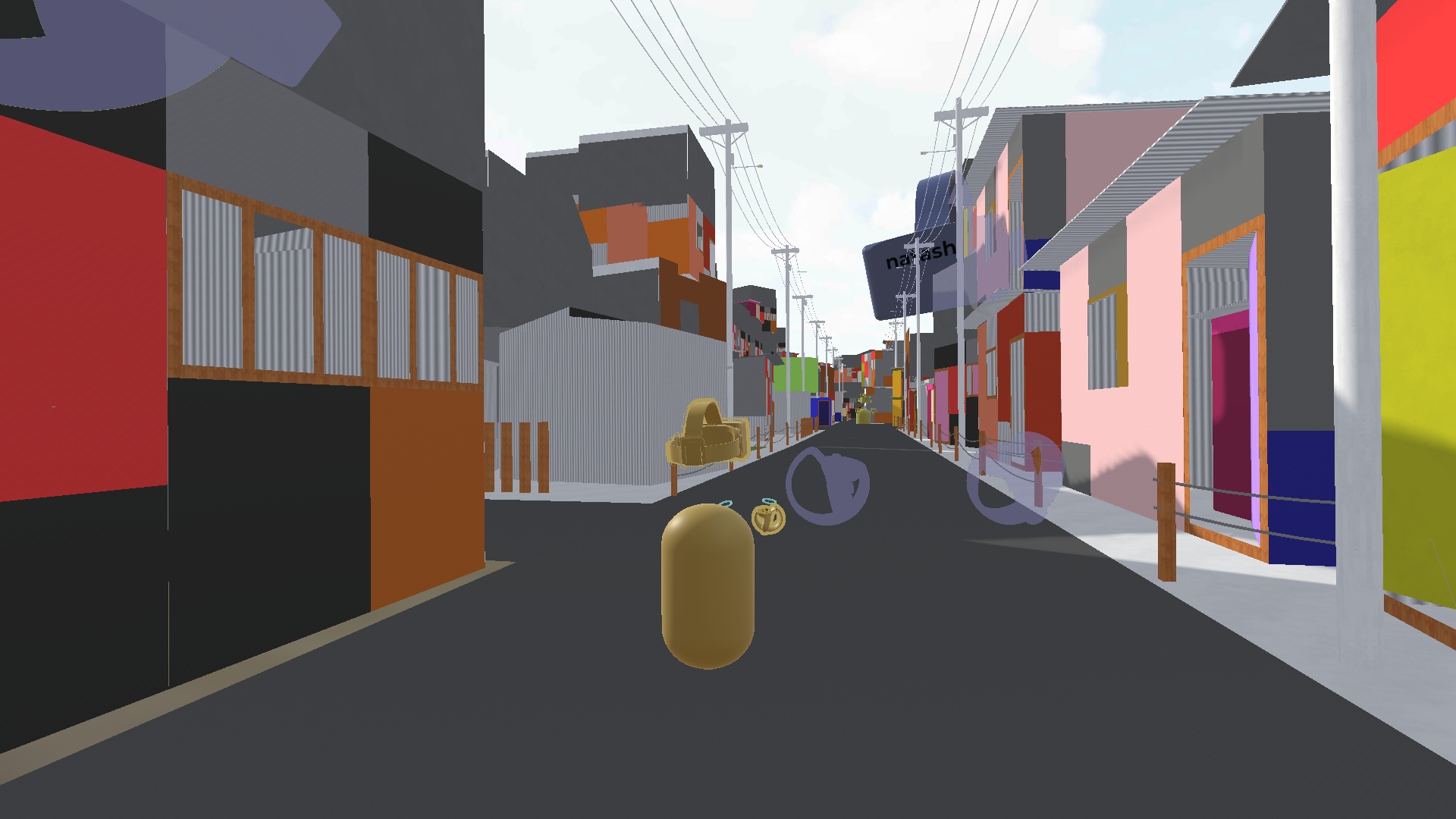
Throughout, Fayad sought to synthesize traditional methods—developed in physical contexts—with virtual methods that supported online and hybrid teaching. Virtual approaches, she found, could encourage greater access to sites and geographies that were difficult for GSD students to visit. And digital tools, intentionally and strategically deployed, could create a more collaborative and inclusive space: “The digital might exacerbate issues of inequality, [but] when used deliberately, these tools can in fact mitigate it.”
Fellow Gia Jung’s research considered how new virtual spaces could facilitate design discourse at the GSD. Her project addressed the impact of the pandemic on various modes of communication, including informal interactions and formal discourse, as well as expanded public engagement. “The remote semesters have highlighted the texts at the expense of contexts,” Jung writes, “which required all of us to be more deliberate—verbally, visually, and socially. The task at hand into the next year is clear: How do we become more deliberate and intentional about how we communicate, critique, and develop design?”
During his fellowship, Ian Miley worked with the Innovation Task Force to develop tools and principles for blending asynchronous and synchronous pedagogy. His investigations into changing practices of physical fabrication also showed how students and professors, in responding to online learning constraints, have enriched the GSD’s renowned fabrication culture.
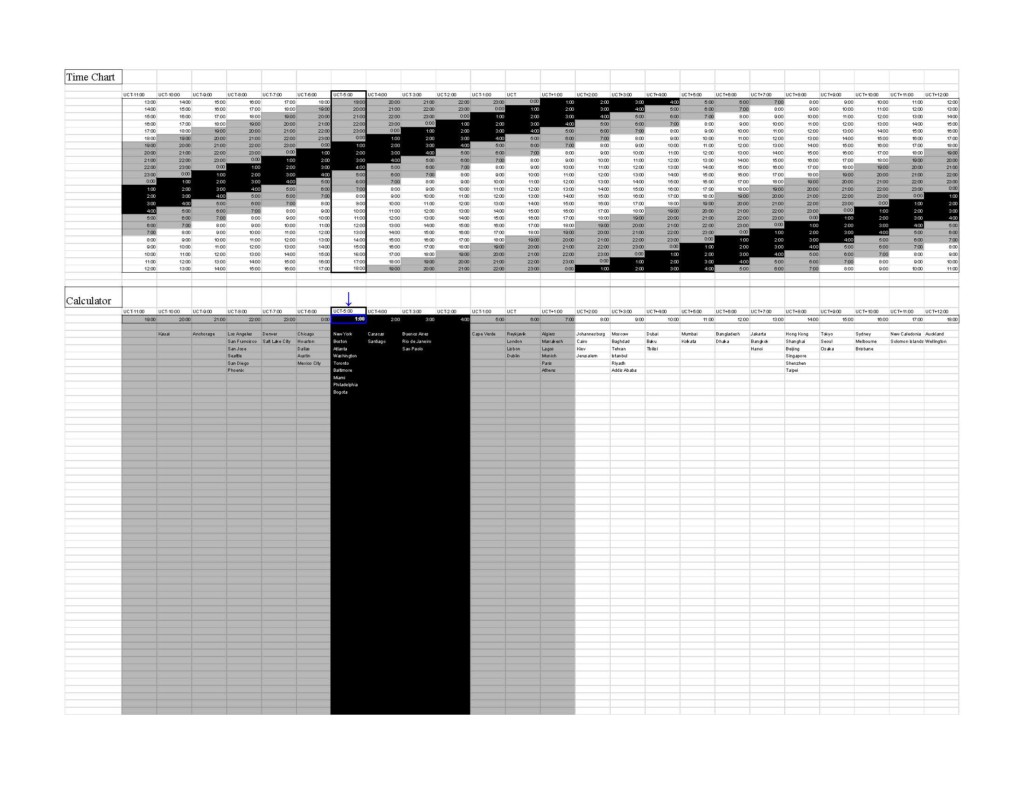
One of Miley’s first projects addressed an immediate, tactical difficulty: with GSD students geographically dispersed, how could seminars accommodate a wide range of time zones? Miley contributed both a spreadsheet-based scheduling tool and principles for rearranging courses into asynchronous and synchronous sessions. He considered how the structure of different seminars—history/theory, design/technology, and professional practice—could be adapted to online teaching. He also delved into how technology could facilitate close reading and annotation of visual material and texts. These principles were applied to Domestic Logistics, a new fall ’20 course taught by Andrew Witt with Miley serving as a teaching associate. Miley also assisted with a spring ’21 option studio, Small Institutions, taught by Roger Tudó Galí, Josep Ricart Ulldemolins, and Xavier Ros Majó of H Arquitectes.
Our inability to access the typical tools and methods of physical fabrication instigated creative experimentation in how to create physical objects and why we create them.
Miley’s research also explored the enduring persistence and significance of physicality in virtual pedagogy—and how GSD students, working from home, developed new ways of prototyping and model-making. In the spring, he interviewed specialists Chris Hansen and Rachel Vroman at the Fab Lab, as well as current students and alumni on how they used physical modeling in studio and thesis projects. “Our inability to access the typical tools and methods of physical fabrication,” Miley wrote in an ITF newsletter, “instigated creative experimentation in . . . how to create physical objects and why we create them.” When presenting this research, Miley observed that the constraints of COVID-19 “liberated” students to “develop personal techniques and methods” that were resourceful and inventive. “Working from home transformed . . .the ends [and] means of model-making.”
The work of the 2020–2021 fellows, collectively and individually, exhibit the culture of research, innovation, and inquiry fostered by the Irving Innovation Fellowship. Toward the end of the fellowship, Frontado wrote: “I hope we can continue to collectively test, reflect, and critically engage . . . especially as we transition back to the more familiar in-person classroom environment.” In a time of upheaval and change in architectural and design education, new ways of teaching can inform innovative ways of working. “What we teach, how we teach, the questions we ask, and how we engage with varied material will shape future generations of designers and how they in turn shape the world. Together, we can take this moment to think carefully about what that future looks like.”
